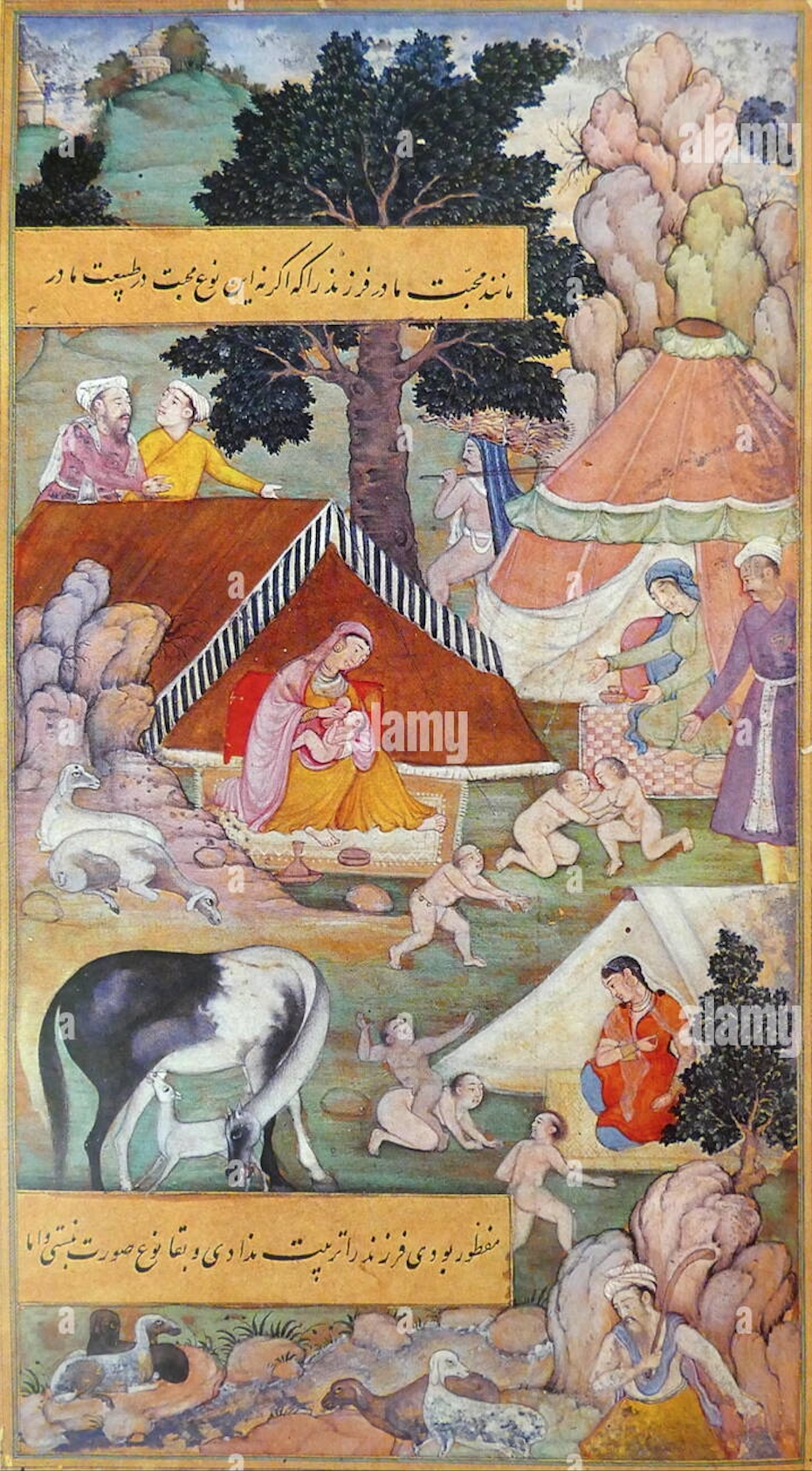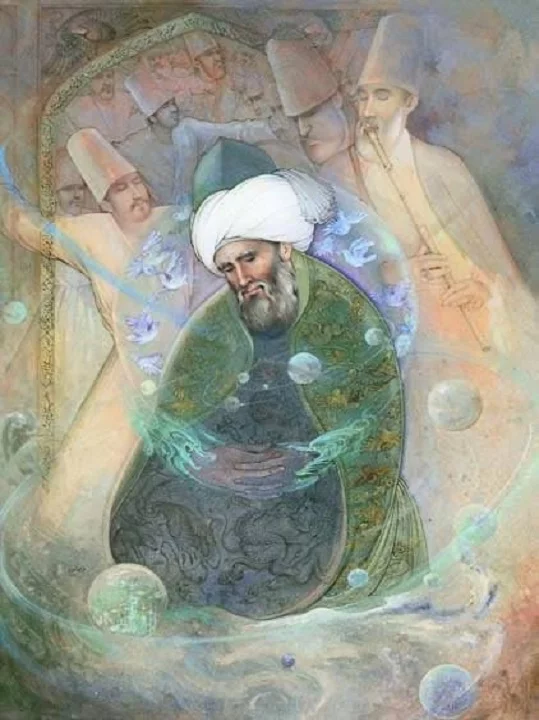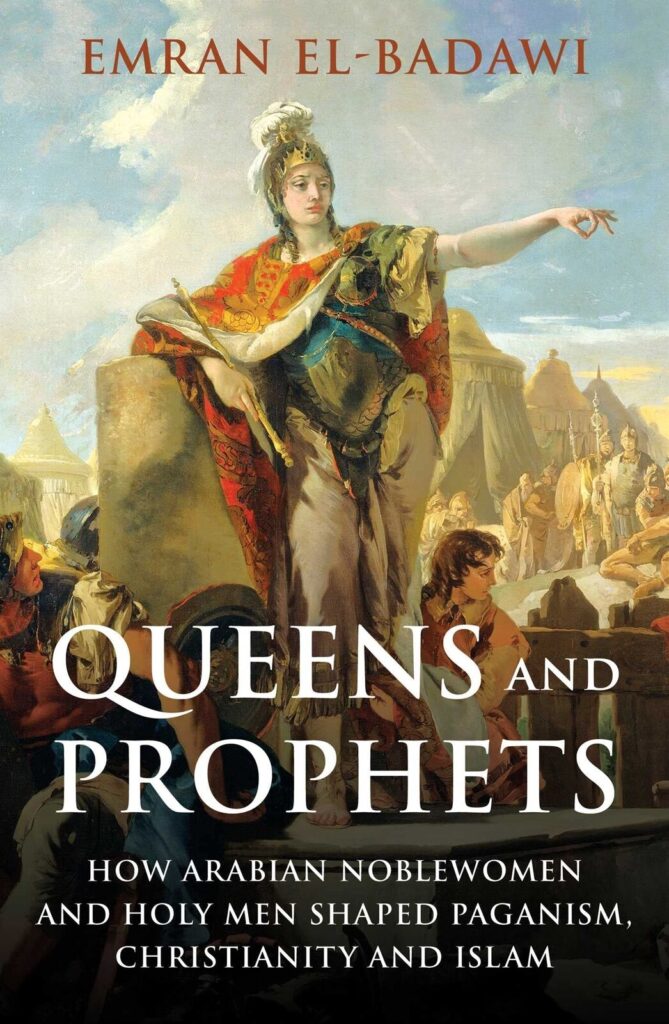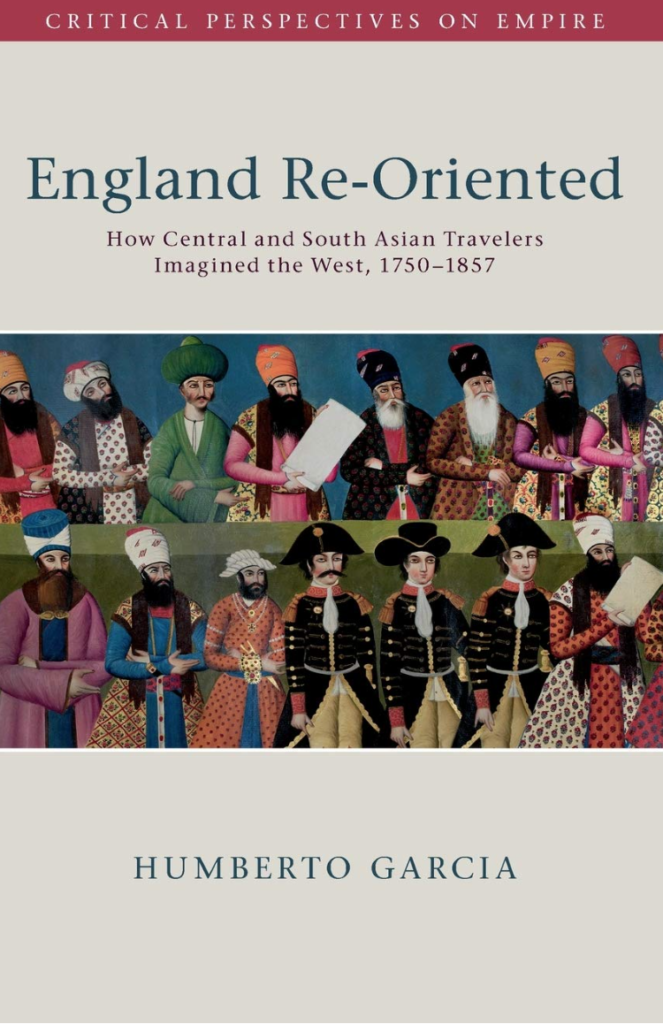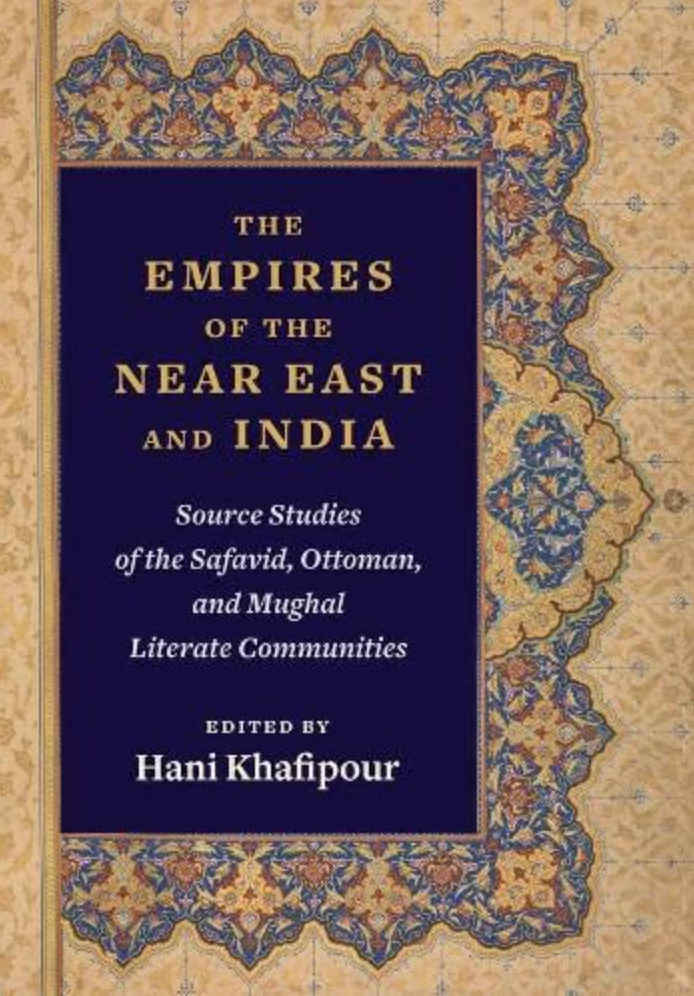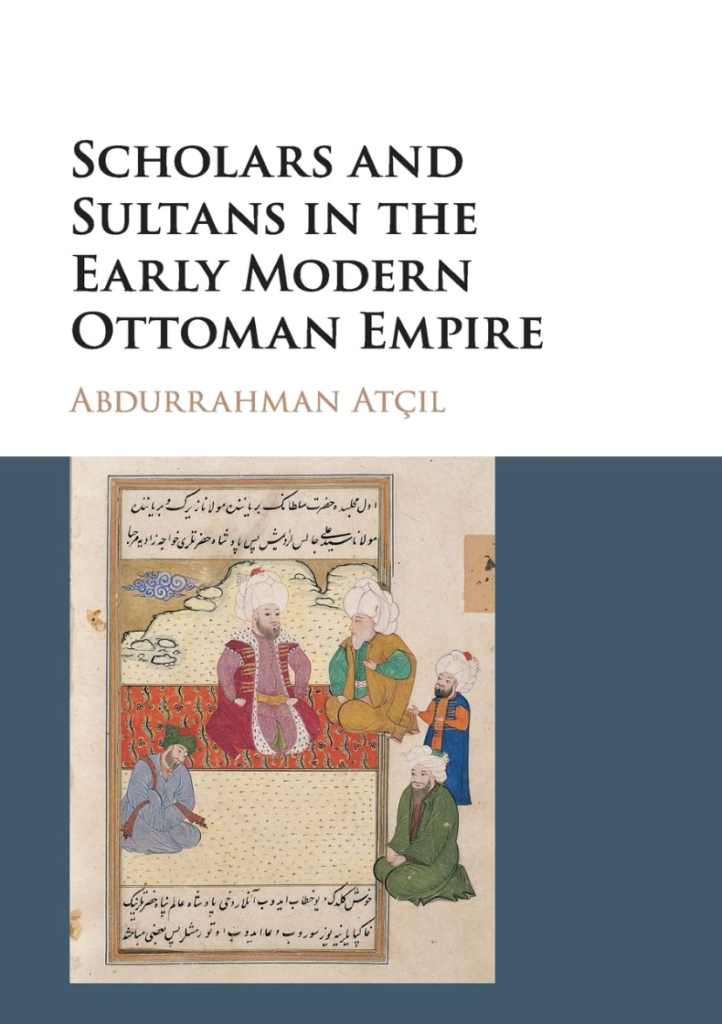
Scholarship
Academic Articles
Abstract
This paper investigates the difference of perspective which informs The Qābūs Nāmih’s and The Nasirean Ethics’ respective treatments of the topic of slavery. While in various parts of their discussions both works show an engagement with each side of the hybrid status of a slave’s existence as both subject and object, The Qābūs Nāmih deals with the issue almost entirely in terms of the slave’s status as an object, while The Nasirean Ethics engages this issue with clear acknowledgments to his/her status as a subject. It is possible that the divergent approaches of these two works are a reflection of the two distinct modes of the genre of Islamic advice literature in which they were respectively written.
Review
Toward the end of Sufism in the Secret History of Persia Milad Milani states that the purpose of his book has been to bring to the fore the major influence of Persian culture on Islamic mysticism that produced a unique Persian brand of Sufism. Indeed, Milani does a remarkable job of sifting out and highlighting the various strains and patterns of ancient Persian cultural and religious traditions that have deeply influenced Islamic spirituality and mysticism . . .
Edited Manuscripts
Queens and Prophets
Arab noblewomen of late antiquity were instrumental in shaping the history of the world. Between Rome’s intervention in the Arabian Peninsula and the Arab conquests, they ruled independently, conducting trade and making war. Their power was celebrated as queen, priestess and goddess. With time some even delegated authority to the most important holy men of their age, influencing Arabian paganism, Christianity and Islam.
Empress Zenobia and Queen Mavia supported bishops Paul of Samosata and Moses of Sinai. Paul was declared a heretic by the Roman church, while Moses began the process of mass Arab conversion. The teachings of these men survived under their queens, setting in motion seismic debates that fractured the early churches and laid the groundwork for the rise of Islam. In sixth-century Mecca, Lady Khadijah used her wealth and political influence to employ a younger man then marry him against the wishes of dissenting noblemen. Her husband, whose religious and political career she influenced, was the Prophet Muhammad.
A landmark exploration of the legacy of female power in late antique Arabia, Queens and Prophets is a corrective that is long overdue.
England Re-Oriented
What does the love between British imperialists and their Asian male partners reveal about orientalism’s social origins? To answer this question, Humberto Garcia focuses on westward-bound Central and South Asian travel writers who have long been forgotten or dismissed by scholars. This bias has obscured how Joseph Emin, Sake Dean Mahomet, Shaykh I’tesamuddin, Abu Talib Khan, Abul Hassan Khan, Yusuf Khan Kambalposh, and Lutfullah Khan found in their conviviality with Englishwomen and men a strategy for inhabiting a critical agency that appropriated various media to make Europe commensurate with Asia. Drama, dance, masquerades, visual art, museum exhibits, music, postal letters, and newsprint inspired these genteel men to recalibrate Persianate ways of behaving and knowing. Their cosmopolitanisms offer a unique window on an enchanted third space between empires in which Europe was peripheral to Islamic Indo-Eurasia. Encrypted in their mediated homosocial intimacies is a queer history of orientalist mimic men under the spell of a powerful Persian manhood.
The Empires of the Near East and India
In the early modern world, the Safavid, Ottoman, and Mughal empires sprawled across a vast swath of the earth, stretching from the Himalayas to the Indian Ocean to the Mediterranean Sea. The diverse and overlapping literate communities that flourished in these three empires left a lasting legacy on the political, religious, and cultural landscape of the Near East and India. This volume is a comprehensive sourcebook of newly translated texts that shed light on the intertwined histories and cultures of these communities, presenting a wide range of source material spanning literature, philosophy, religion, politics, mysticism, and visual art in thematically organized chapters. Scholarly essays by leading researchers provide historical context for closer analyses of a lesser-known era and a framework for further research and debate. The volume aims to provide a new model for the study and teaching of the region’s early modern history that stands in contrast to the prevailing trend of examining this interconnected past in isolation.
Scholars and Sultans in the Early Modern Ottoman Empire
During the early Ottoman period (1300–1453), scholars in the empire carefully kept their distance from the ruling class. This changed with the capture of Constantinople. From 1453 onwards, the Ottoman government co-opted large groups of scholars, usually over a thousand at a time, and employed them in a hierarchical bureaucracy to fulfill educational, legal and administrative tasks. Abdurrahman Atçıl explores the factors that brought about this gradual transformation of scholars into scholar-bureaucrats, including the deliberate legal, bureaucratic and architectural actions of the Ottoman sultans and their representatives, scholars’ own participation in shaping the rules governing their status and careers, and domestic and international events beyond the control of either group.
